A squat rack which is also known as a power rack, power cage, and squat cage, is a weight training equipment that works as a mechanical spotter for weight barbell exercises without any restrictions or movements imposed by the equipment.
It basically supports weight when you squat.
The purpose of using a squat rack is to help you improve your training by adding increments of weights.
The squat rack is basically used to help in squats but you can also use it to perform other exercises like Shoulder press, back press, Barbell lunges, and Back squats.
Why use a Squat Rack?
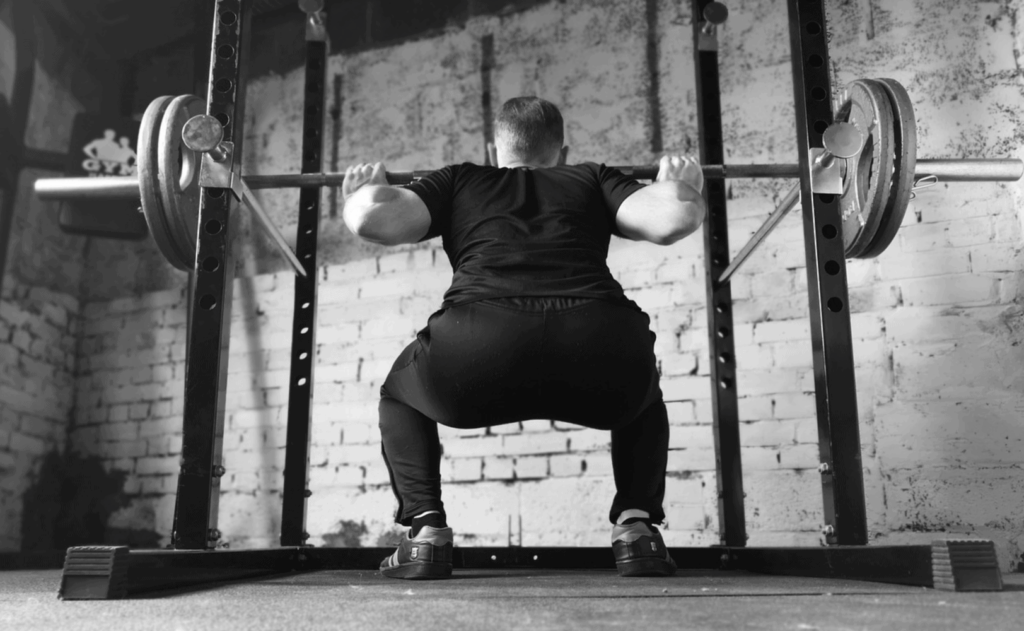
Squat racks, in general, lets you exercise in a variety of methods.
If you are someone who is trying to build your home gym, the squat rack will be an essential piece requirement that you will need it. If you are looking to incorporate strength training into your fitness routine, then a squat rack is very much needed.
Now you may wonder, why do you actually require a squat rack?
Let us give you four reasons why you should get a squat rack.
1. It is User-friendly
Squat rack is an easy-to-use piece that encourages you to challenge yourself while keeping you safe. Doing workouts like squats with weights and other activities is made simpler by a squat cage.
You must perform squats properly, just as you should with any exercise. Therefore, it’s wise to consult a personal trainer or other fitness experts before performing your first squat.
2. Your safety
The basic purpose of buying a squat or power rack is to do workouts safely.
Lifting heavy objects can be very harmful if the proper equipment is not being used for exercise. With the convenience of your own home, you may safely incorporate weight lifting into your exercise regimen.
If you are working out alone, the squat rack can act as your spotter.
The safety bars on the rack are built to stop the barbell and weights from falling on top of you if you fall or have to drop your barbell for any reason.
Including heavy weights in your workouts is a great approach to advancing your home gym. A squat rack is a must-have if you want to exercise safely and like a pro.
3. It helps in building core strength
You tend to engage your whole core while performing squats. It helps to hold a straight posture and supports your back. You often use your stomach, arm, and shoulder muscles while squatting.
The American Council on Exercise claims that strengthening these lower body muscles can minimize your chance of injury, improve performance, and boost mobility and balance.
These are all very good reasons to incorporate squats into your workout program.
4. It can be used in versatile ways
More than ever, having a useful home gym is a terrific idea.
Building a home gym can be expensive, so it’s vital to think about the equipment’s variety to make sure you are gaining the most for your money.
Despite the fact that there are many kinds of fitness equipment available, a squat rack can help you make the most of the space in your home gym.
You can perform deadlifts, overhead presses, barbell lunges, and other weightlifting exercises using the squat rack since it can hold your barbell at various heights. To further expand the adaptability of your squat rack, you can combine it with a weight bench.
There are different kinds of racks that you can use such as Wall mounted racks, Half -Rack, and Power Rack which we will discuss below. Among all, a Squat stand will take the lease space and is one of the must-have equipment for your home gym.
Different types of Squat Racks
Squat racks often include everything from squat stands to power racks.
In order to assist you to choose which kind of squat rack is appropriate for your needs, we will break down the three most popular models here.
1. Squat Stand
An open power rack is precisely what a squat stand is. Squat stands are excellent for people who like to move freely and want to conduct their training in front of the squat rack.
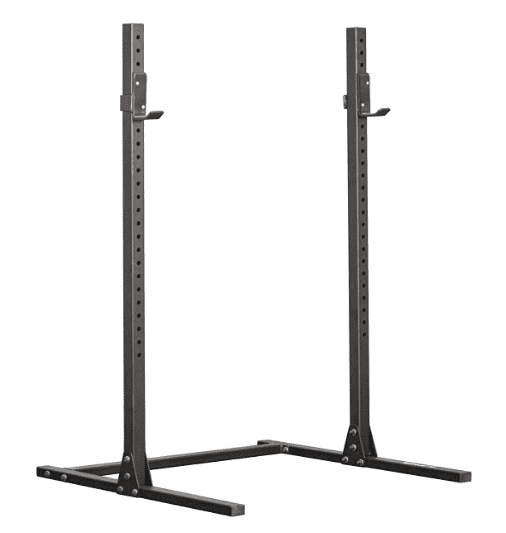
Squat stands provide few safety features; for instance, they may or may not have spotter’s arms and may or may not have J hooks on the outside or front of the rack, which significantly reduces the level of protection and support you would otherwise receive from a fully equipped power rack.
Squat stands are the greatest choice for many people looking for a squat rack that will not cost a fortune to add to their home gym because they are the least priced and take up the least amount of room.
Squat stands often offer the smallest selection of workouts, applications, and adaptations in terms of versatility.
One of my favorite features of this squat stand is that it has spotter arms to increase safety during at-home workouts as well as a single-layer storage rack for your weight plates when not in use.
2. Half Rack
The term “half-rack” means precisely what it says. It resembles a smaller power rack in many ways.
It is made primarily for exercises that are carried out outside of the cage, much like a squat stand. Another great choice for those who prefer not to be constrained while lifting is a half rack.
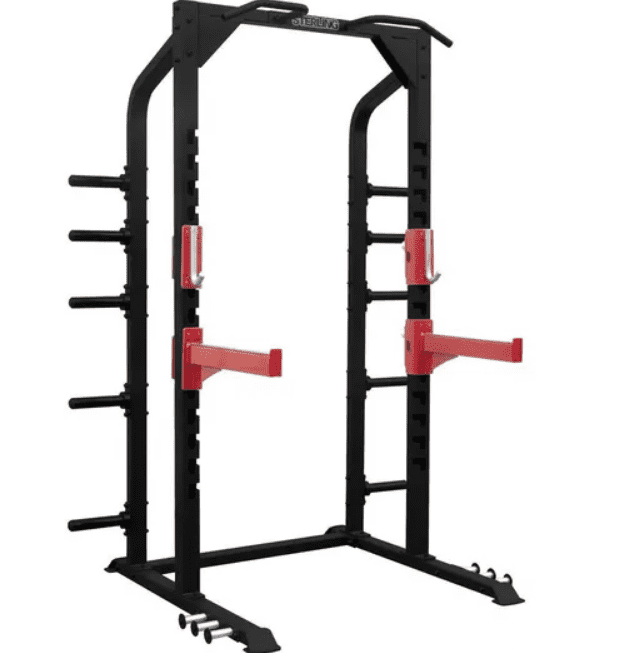
As with a squat stand, this significantly lowers the range of exercises that can be done on this rack when compared to a power rack.
In comparison to a squat stand, the half rack will offer more options, durability, and safety features.
For those who do enjoy the sense of open lifting and have the space and resources to handle a half rack, the upgrading may prove to be beneficial in the long run.
3. Power Rack
The best squat rack is likely to be a power rack because it has the most features. Power racks are fantastic for their safety, usability, and the vast array of exercises you may perform on them.
A power rack gives you the opportunity to safely execute more exercises as it allows you to lift both inside and outside the cage.
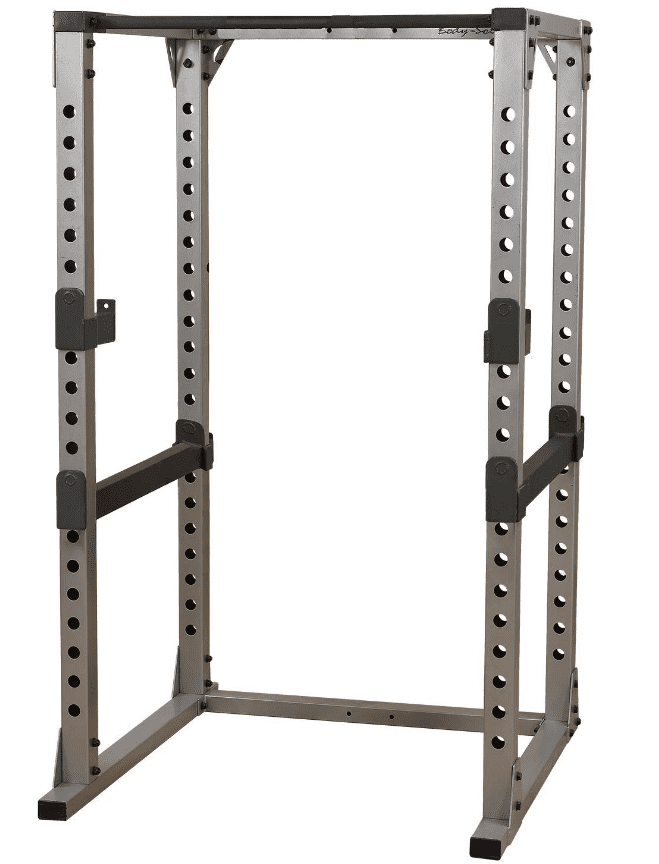
The spotter bars inside the cage, which function like a sort of “mechanical spotter”, that enable you to lift at home, as safely as possible, are one of the elements that made the power rack so popular.
The only drawback of these racks is that they are typically the most expensive and take up the most space.
But if you can find the room in your house and the money, you’ll leave with a squat rack that will assist your fitness path for many years to come.
A squat rack typically measures 48 inches long, 48 inches broad, and 92 inches tall. Squat racks come in a wide range of lengths, widths, and heights, though.
Squat Rack Dimensions: 4 Types Of Squat Racks
Here are the details and dimensions of different types of squat racks:
1. Squat Stand Dimension
Squat stands are basically a smaller version of squat rack which is easy to work out in. It consists of two posts with a small base which is used to support a barbell.
The dimensions of squat stands are as shown below –
| Brand | Rack | Dimensions (Length*Width*Height) |
| Rogue | SML – 2 | 48″ x 49″ x 92″ |
| Rogue | SML-2C | 48″ x 49″ x 92″ |
| Rogue | Y2 Yoke | 48″ x 50″ x 92″ |
| Titan | T-3 Series Short Yoke | 51″ x 52″ x 72″ |
| Titan | X-3 Series Tall Rack | 48″ x 48″ x 93″ |
| Titan | X-3 Series Short Squat Stand | 48″ x 48″ x 71.25″ |
You’ll need 10′ of space on each side. To load that bar securely, it needs to be 84″ broad and have a few feet on either side. With this kind of equipment, the depth and height requirements are the ones that decrease significantly.
When the stand is not in use, you typically just require a few feet of depth, and you need space for a bench in front of it. The height of the rack will vary based on the type from 6 to 8 feet.
2. Wall Mounted Rack Dimension or Compact Stand
One benefit of a wall-mounted rack is that some models can be folded back into the wall when they are not in use and ends up taking very less or no room.
The dimensions of a wall-mounted rack is –
| Brand | Rack | Dimensions (Length*Width*Height) |
| Bells of Steel | Wall Mount Power Rack | 22″ x 47″ x 91″ |
| PRx | Profile PRO Folding Squat Rack | 26.75″ x 52″ x 73″ |
This rack only requires an average 4′ x 8′ space on your wall when it is folded. You will want 12′ in width for the bar with a secure loading area when it is extended for a workout, plus an additional 6′ to 8′ from the wall which will be used for your bench.
3. Half-Rack Dimension
The dimensions of an ideal Half–Rack are–
| Brand | Rack | Dimension (Length*Width*Height) |
| Bridge BUILT | Phoenix Squat Rack | 48″ x 49″ x 75″ |
| Ghost Strong | Combo Rack HD | 34″ x 56″ x 28″ |
| Hammer Strength | Athletic Half Rack | 61.3″ x 65.5″ x 97.5″ |
| Rogue | Monster Collegiate Half Rack | 62″ x 49″ x 100.375″ |
| Rogue | HR-2 | 48″ x 49″ x 92.375″** |
| Rogue | Monster Lite Half Rack | 55″ x 53″ x 90.375″*** |
| Sorinex | Base Camp Half Rack | 64″ x 47″ x 101.62″ |
**Rogue HR-2 is also available in 110.375″ height
***Rogue Monster Lite Half Rack is also available in 62″ length
4. Power Rack Dimension
It consists of at least 4 posts, with space between them to safely complete the majority of exercises.
The dimensions of a power rack are –
| Brand | Rack | Dimension (Length*Width*Height) |
| ATX | PRX-755 SD-400 | 178cm x 123cm x 224.5cm |
| Bells of Steel | Light Commercial Rack | 62.5″ x 49″ x 84.5″ |
| EliteFTS | 3 x 3 Collegiate Power Rack | 72″ x 74″ x 97″ |
| ETHOS | Power Rack 1.0 | 59″ x 58″ x 85″ |
| Griffin | GR3 Power Rack | 36″ x 47″ x 80″ |
| Rep Fitness | PR-1100 Home Gym Power Rack | 48″ x 47.5″ x 84″ |
| Rep Fitness | PR-5000 Build Your Power Rack | 41″ x 47″ x 80″ |
| Rogue | Monster Lite 390F | 48″ x 49″ x 92″ |
| Rogue | R3 | 34″ x 53″ x 90″ |
| Rogue | RM-3 Monster Rack 2.0 | 36″ x 49″ x 90.375″ |
| Rogue | RM-6 Monster Rack 2.0 | 76″ x 49″ x 90.375″ |
| Rogue | RML-690 | 76″ x 49″ x 90.375″ |
| Rogue | RML-490 | 49″ x 49″ x 90.375″ |
| Sorinex | Base Camp Power Rack | 74.5″ x 47″ x 101.62″ |
| Sqmize | SQ8 | 135.5cm x 123.5cm x 237cm |
| Titan | T-2 Series Power Rack | 57″ x 50″ x 83″ |
| Titan | T-3 Series Power Rack | 54″ x 44.75″ 91″ |
| Titan | X-3 Series Flat Foot Power Rack | 50″ x 48″ x 91″ |
| Tuff Stuff | Evolution Power Cage (CPR-265) | 57″ x 51″ x 84″ |
Additional things to keep in mind
There are some things that you should keep in mind while you’re measuring your area and checking rack size online.
1. Width of Barbell
The average size of a rack will be around 48 inches wide, but a 7-foot bar will require considerably more room than that.
Not only do you need to think about the barbell itself, but also the space you’ll need to rack and unrack weights onto and off of the bars if you’re going to be next to a wall or other item of equipment.
2. Plate Storage
Make absolutely sure that have adequate space to move plates on and off of your rack carefully if you intend to store your plates on the side of the rack.
It will quickly grow tiresome to always have to duck under the barbell to take weight from the left side of your rack because it is so close to the wall.
Conclusion
The main focus of your home gym will eventually be your power rack or squat stand. A crucial step in adding one to your setup is making sure you have enough space for it to be secure and useful.
It will benefit you, in the long run, to take a few minutes to measure, rearrange, and actually create a good home for your rack.
I hope this guide has assisted you in doing that.
